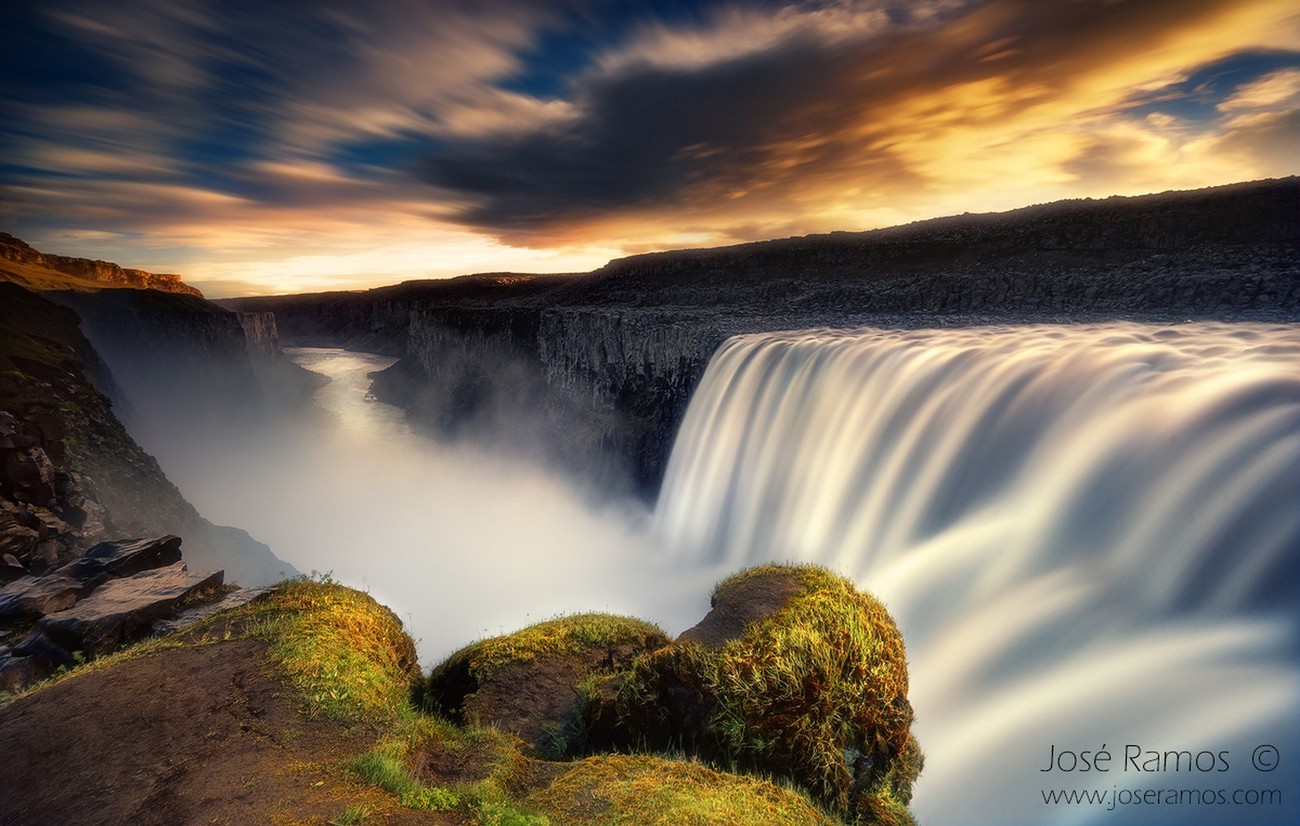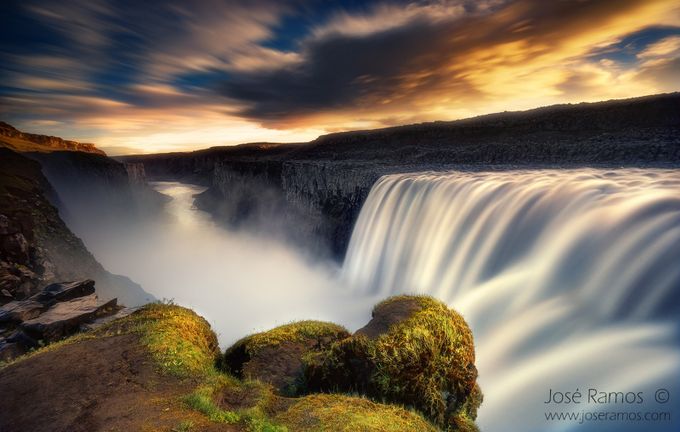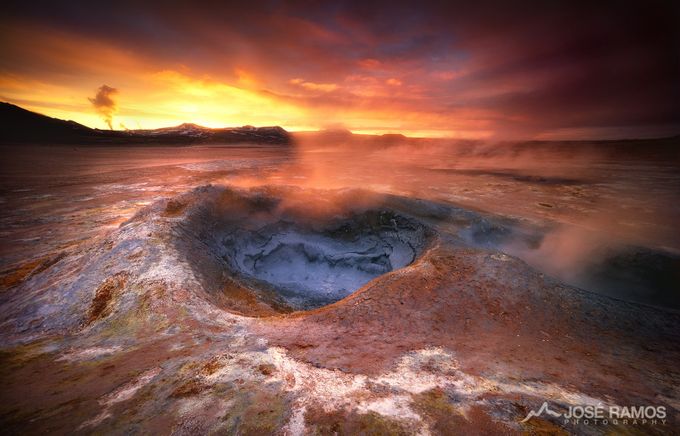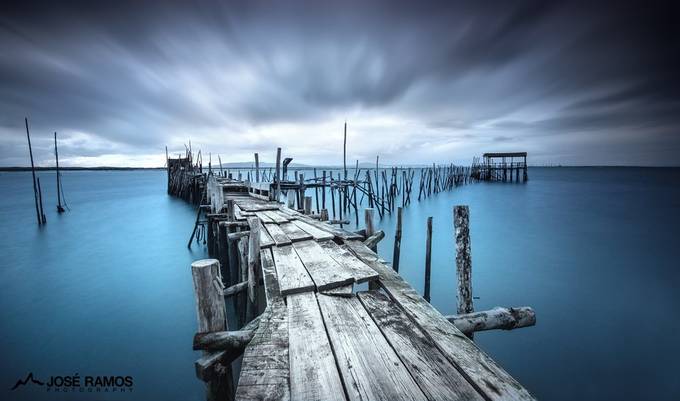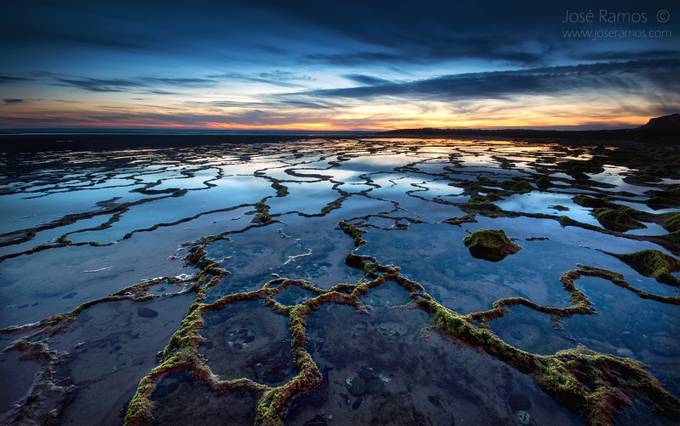Landscape photographs is one way for busy, modern people around the world to connect to Mother Earth. There is however a great difference between an original, vivid landscape photo full of meaning than a photo created without love. We asked the award-winning landscape photographer joseramos if he could share his best tips on how to create fine art landscape photos. Trust us, You don’t want to miss this!
1. Don't Worry Too Much About The "Fine Art" Concept
There are endless online discussions about the true concept of Fine Art, many of them related with Photography. As soon as you say that your photographs are "Fine Art" you are bound to hear negative criticism, mostly centered around the thought that you are being elitist and vain by using such term. Paintings or sculptures do not usually need to be labeled as "Fine Art", as they are intuitively recognized as such, but in the middle of millions of snapshots, what should you call the images you have put so much effort into? There is no right answer, so I wouldn't worry too much about the label. If you choose to focus on the fact that if you are putting your soul and vision in your works, trying to show the landscapes you witness with the greatest impact and/or emotion, then you are most certainly creating "art", probably "art" which is clearly "fine".
2. Always To Check The Weather
Following the previous tip, finding great light depends on being able to account for a large number of weather-related variables. Weather forecast websites like Weather Underground will be one of your best friends when you are choosing a location for shooting on a certain day, not only to avoid getting soaked by heavy rain, but also to look for places with partial of fully covered cloudy skies, which will usually create the most dramatic and captivating light.
3. It Will Always Be About The Light
You should have seen this tip being mentioned quite often, but it is still as true as on the first time it was written. Unless you have the talent of a landscape painter like Turner (and if you do, then why are you doing photography?), you will always need to get the best possible light to turn mundane scenes into remarkable images. Special light creates special images, and this is absolutely true in landscape photography. Shooting a gorgeous scenery under harsh light and clear skies will create a good photo, but certainly not a remarkable and unique image, as it will lack contrast, depth, tonal range and emotion.
4. Patience And Persistence Will Always Pay Off
Landscape photographers work with the most stubborn and unpredictable light assistants ever, so you should be ready to cope with frustration, cold, stress and physical pain. People always think about landscape photography as a very zen-like activity, but if you want to get the job done, then be ready for a delicious adrenaline rush when you are trying to deal with temperamental gear, harsh environment, physical obstacles and quickly changing light, where the famous golden hour should unfortunately be called "golden minutes". You will need to return to the same place quite often, and frequently return home with no interesting images. You will be the first person arriving or the last one leaving your location, and meals will probably be skipped or made during odd hours. It's not romantic or easy most of the times, but when all elements combine and you capture a great image, there's nothing that comes close to that feeling of oneness and meaningful purpose!
5. Edit Your Images
I couldn't leave this one out, even though I'm quite tired of the good old debate about post-processing in the modern age. I will avoid stating my personal opinion on this subject, but I can tell you for sure that editing is an absolutely essential tool to create remarkable images. Everyone who spends a lot of time on the field, constantly looking to his LCD to review images, knows right from the start that as soon as the light enters the lens and hits the sensor, everything changes, and one of the most reality-altering processes as already taken place: light transduction into a digital form. Then you come home with what we should call a digital negative (and yes, you need to use RAW to get the most out of your images), where contrast is low, shadows are dark and some highlights might be blown, among other aspects needing correction like white balance, vibrance, and others. This is the time where you need to keep feeding your creation with love and tweak the image to your liking, turning it from raw to deliciously cooked. There are endless ways to edit an image, and everyone will find his own path to do it, from simple Lightroom tweaking to complex Photoshop editing, so you should keep in mind that you need to make the most out of your image to maximize its visual and emotional potential.
For more breathtaking photos taken by José please visit his profile and Instagram.


